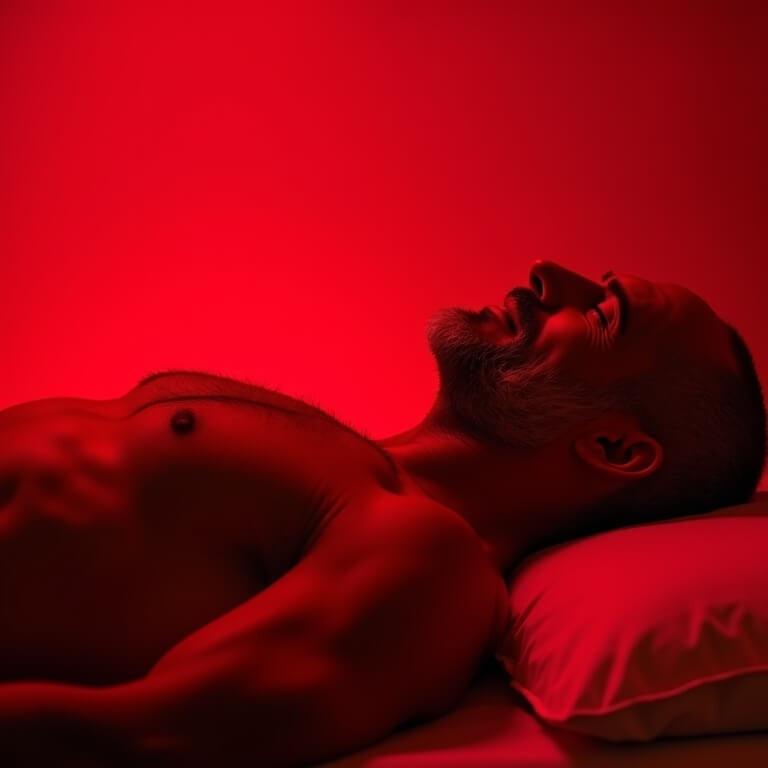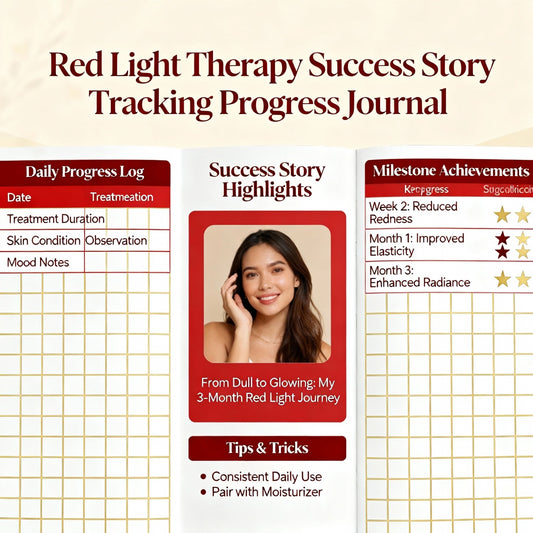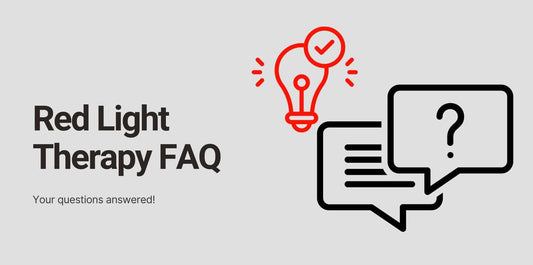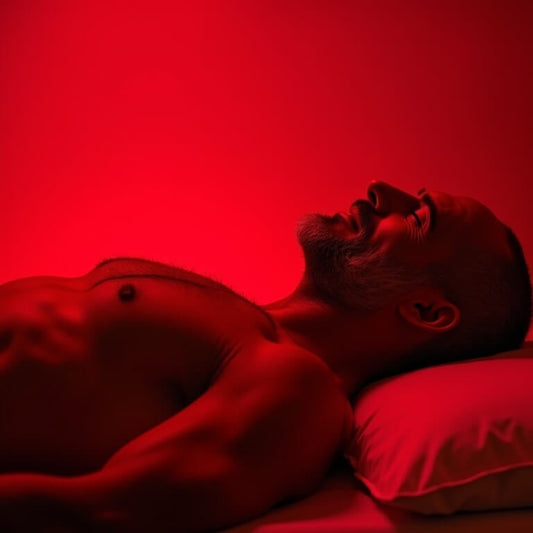
Red Light Therapy for Nerve Regeneration and Neuropathy
Red light therapy is a simple, noninvasive way to support tired, irritated nerves and ease neuropathy symptoms like burning, tingling, and numbness, all by shining gentle red and near‑infrared light on the skin for a few minutes at a time. Many people use it at home to complement their care plan because sessions are quick, painless, and focused on comfort and consistency over time.webmd+2
What neuropathy feels like
Neuropathy happens when nerves are damaged or not signaling properly, which can feel like pins and needles, burning, electric zaps, or a heavy numbness—often in the feet and hands first. It can be caused by diabetes, chemotherapy, injuries, or other health issues, and it can make walking, sleeping, and daily routines a lot harder than they need to be.n8healthcenters+2
How red light helps nerves
Think of red light therapy as a gentle “battery boost” for cells, helping them make energy more efficiently and calm down irritation in the area being treated. The light can also encourage better local circulation, which brings more oxygen and nutrients that nerves need to function and repair, which is why many users report less pain and improved comfort in their feet over time.rehabmart+2
Red vs near‑infrared light
-
Red light is great for surface-level goals like skin and the upper layers where smaller nerve endings live, which is why people often target the tops and bottoms of the feet with red sessions.symbyxbiome+1
-
Near‑infrared light goes deeper to reach tissues under the skin, which can be useful for calming soreness along muscles and nerve pathways higher up the legs and ankles.blockbluelight+1
Using both red and near‑infrared together is common because it covers both shallow and deeper areas in the same routine.blockbluelight+1
What the research suggests
Consumer-friendly summaries and clinic guides point to reduced pain, better sensation, and improved comfort after a series of sessions, often over a few weeks, especially for peripheral neuropathy in the feet. Educational resources also note that red light therapy is noninvasive, easy to apply, and can complement other treatments a provider recommends for neuropathy care plans.healthline+3
What a session looks like
Most home sessions last about 10–20 minutes per area, a few times per week, depending on how large the device is and what the manufacturer recommends for safe, steady use. For feet, many people sit comfortably, place the panel 6–18 inches away, and treat the bottoms and tops of the feet evenly so both sides of the nerves get consistent coverage.hoogahealth+2
Where to aim the light
-
Feet: Treat the soles and tops for tingling, burning, or numbness in toes and forefoot areas.gaithappens+1
-
Ankles and calves: Add a few minutes along the inner and outer ankle and calf where nerves and blood vessels run, especially if symptoms seem to travel up the leg.n8healthcenters+1
This layered approach helps reach both the small nerve endings and the routes that feed them higher up the chain.gaithappens+1
How soon improvements appear
Some people feel a difference in comfort within a couple of weeks, while others notice changes more gradually, such as less burning at night, fewer zaps, or easier walking on hard floors. Progress adds up with consistency, so keeping a simple symptom tracker—like a quick 1–10 pain score and notes about sleep or walking stability—can make changes easier to see over time.physmedcolumbus+3
Safety tips and best practices
-
Wear eye protection during sessions, especially with larger or brighter panels, to keep eyes comfortable and safe.hoogahealth+1
-
Start low and slow, then increase time gradually to find a sweet spot that feels good without overdoing it.vinmec+1
-
Keep skin clean and lotion‑free before sessions to help the light reach the skin evenly and effectively.hoogahealth+1
-
Avoid treating directly over the eyes or irritated, actively inflamed skin, and check with a clinician if taking photosensitizing medications or managing complex conditions.webmd+1
Building a weekly routine
A simple starting routine might be 10–15 minutes per foot, 4–5 days a week, and 10 minutes per ankle/calf on days with more soreness, following device guidance for distance and time. Red plus near‑infrared can be alternated or used together, depending on the device’s modes, with the goal of consistent, comfortable sessions rather than marathon treatments.symbyxbiome+3
Pairing with healthy habits
Red light therapy plays well with supportive habits like gentle foot mobility drills, short walks on comfortable surfaces, and shoes with good cushioning and room in the toe box for pressure relief. For diabetic neuropathy, everyday wins like steady blood sugar management and routine foot checks can make a big difference alongside light therapy.rehabmart+3
Choosing a device
Look for a panel that clearly lists wavelength ranges in the red and near‑infrared bands, along with power density, so it’s easier to plan session times and distances. If space is tight or symptoms are very localized, a small targeted light can work well on focused spots like the forefoot, while a mid‑size panel makes it easier to cover both feet and ankles at once.blockbluelight+2
Common questions
-
Will it hurt? Sessions should feel comfortable and non‑hot; if skin feels too warm, step back a few inches or shorten the session time to keep it pleasant.vinmec+1
-
Can it work with other treatments? Yes—many people pair light therapy with their provider’s plan, and clinics often recommend it as a supportive add‑on for symptom relief.lahealthsolutions+1
-
How long do results last? Benefits tend to track with consistency; many people keep a maintenance schedule a few days per week after the first month or two to hold gains.healthline+1
The bottom line
For many living with neuropathy, red light therapy is a gentle, at‑home tool to help soothe nerve pain, ease tingling, and support daily comfort—especially when combined with good footwear, movement, and a clinician’s guidance when needed. With consistent, comfortable sessions that combine red and near‑infrared light, it’s a practical way to give nerves steady support and make day‑to‑day life a little easier.



